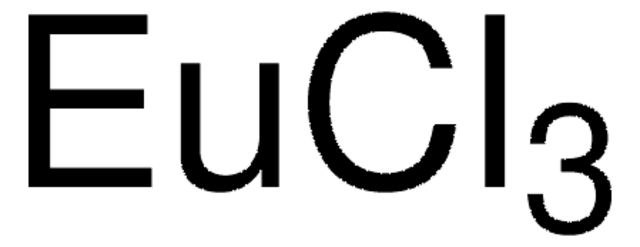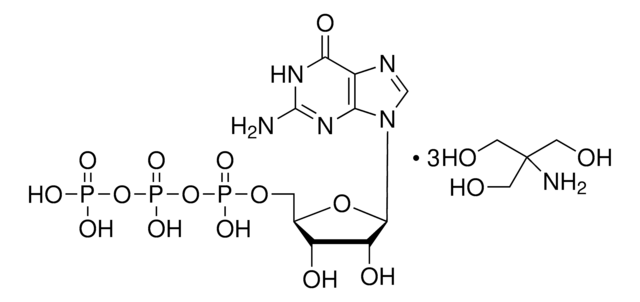261092
Europium
ingot, under oil, 99.9% trace rare earth metals basis
About This Item
Recommended Products
Assay
99.9% trace rare earth metals basis
form
ingot
reaction suitability
reagent type: catalyst
core: europium
resistivity
81 μΩ-cm, 20°C
bp
1527 °C (lit.)
mp
822 °C (lit.)
density
5.24 g/mL at 25 °C (lit.)
SMILES string
[Eu]
InChI
1S/Eu
InChI key
OGPBJKLSAFTDLK-UHFFFAOYSA-N
Looking for similar products? Visit Product Comparison Guide
Signal Word
Danger
Hazard Statements
Precautionary Statements
Hazard Classifications
Pyr. Sol. 1
Storage Class Code
4.2 - Pyrophoric and self-heating hazardous materials
WGK
WGK 3
Flash Point(F)
Not applicable
Flash Point(C)
Not applicable
Personal Protective Equipment
Choose from one of the most recent versions:
Already Own This Product?
Find documentation for the products that you have recently purchased in the Document Library.
Articles
A significant limiting factor for wearable electronics and wireless sensors is the finite amount of energy that can be stored in on-board batteries.
Rechargeable solid-state batteries are becoming increasingly important due to wide-spread use in computers, portable electronics, and vehicular applications.
The application of magnetism and magnetic materials pervades our modern civilization in the form of electrical power, communications and information storage.
The unique properties of the rare-earth elements and their alloys have brought them from relative obscurity to high profile use in common hightech applications.
Our team of scientists has experience in all areas of research including Life Science, Material Science, Chemical Synthesis, Chromatography, Analytical and many others.
Contact Technical Service









